
How to explore Italy like a local
20/06/2025 · By Tim Hall
Expert Great Rail Journeys Tour Manager and blogger Tim Hall discusses how to explore Italy with his top tips and advice about food, drink and culture.
Read moreIsola Bella - the name means 'beautiful island' - is one of the three Borromean Islands situated in Lake Maggiore in northernmost Italy. This tiny island lies approximately four hundred metres from the shore of the medieval fishing port of Stresa on Maggiore's western bank in Piedmont; an area of Italy renowned for its outstanding natural beauty and tranquillity.
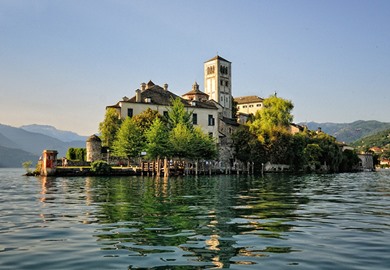
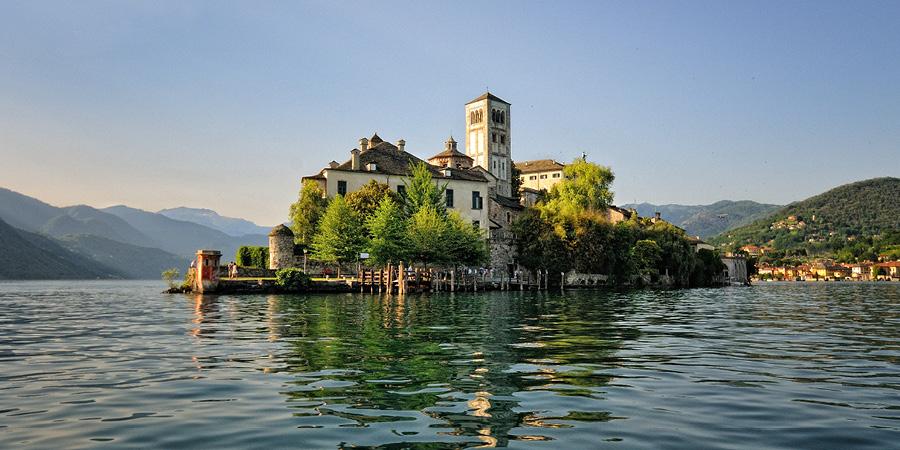

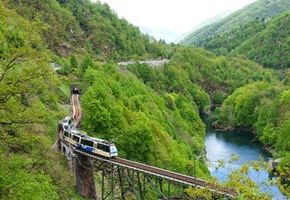
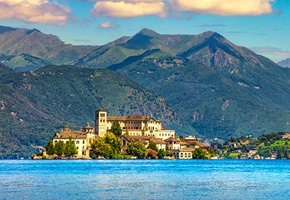
 (133 reviews)
(133 reviews)Explore the serene beauty of Italy's lakes from your base in the stylish town of Stresa on the shore of Lake Maggiore. Enjoy a cruise on Lake Orta to an island monastery and explore the attractive lakeside village of Orta San Giulio. Journey through the Alps to Switzerland on the Centovalli Railway, passing incredible scenery on the way to...

Initially, Isola Bella was little more than a barren strip of rocky land inhabited by local fisherman but in 1630 the Borromeo family, influential members of Piedmont's aristocracy, began the construction of a grand residence (a 'palazzo') and gardens on the island. Utilising Isola Bella's long and narrow formation, the design of the construction was intended to resemble a ship with the palazzo situated in the narrower north end of the island (effectively the prow of the 'ship') and the gardens in the wider southern area.
The Borromeo family's transformation of the island took forty years to complete, but the result is nothing short of breath-taking, and today Isola Bella is one of Lake Maggiore's most unmissable destinations. Regular ferry services bring visitors to admire the grand four-storey palazzo; an outstanding example of Lombard Baroque architecture which once hosted Napoleon and Josephine Bonaparte as guests, and the magnificent tiered Italian gardens where, from the uppermost terrace, the beauty of Lake Maggiore's mountainous landscape can be fully appreciated.
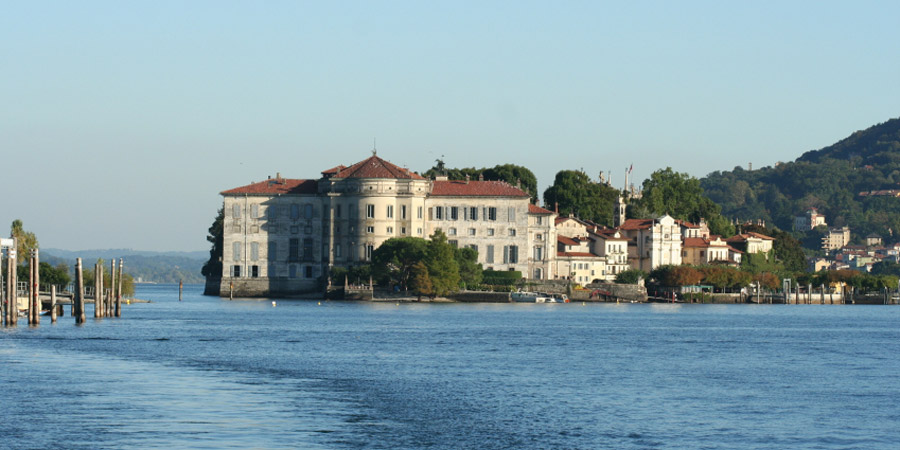
Borromeo Palace has been preserved in all its opulent glory for visitors to explore. Its grand rooms variously feature gilded and ornate plasterwork, crystal chandeliers and original furnishings, paintings and other artworks. Of particular note are the music room, in which a collection of valuable instruments is displayed, the Neoclassical-styled ballroom and the Tapestry Hall which is hung with exquisite Flemish tapestries dating from the sixteenth century. Beneath the lower floors of the house, several of the island's natural grottos have been painstakingly decorated with sea shells and pebbles and were designed to provide a cool refuge from the heat of summer.
Isola Bella's vast formal gardens are set over a series of terraces which descend to the island's shore. White peacocks stroll freely over immaculately-tended lawns, whilst elsewhere the gardens contain beds of exotic plants and colourful flowers and groves of mature trees each area divided by neat hedges. The gardens are dotted with beautiful ornamental sculptures and statues and also feature an amphitheatre decorated with reliefs and carvings depicting the Borromeo family and its achievements. On lower terraces visitors will discover the romantic Giardino dell'Amore ('Garden of Love') and a picturesque lily pond.